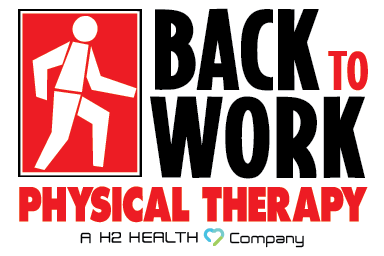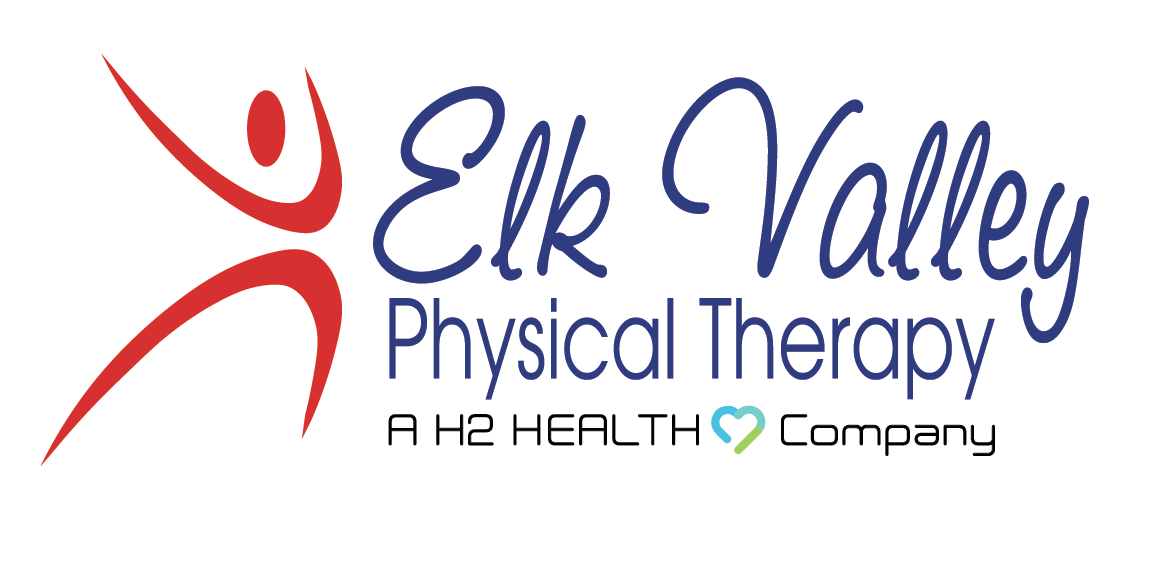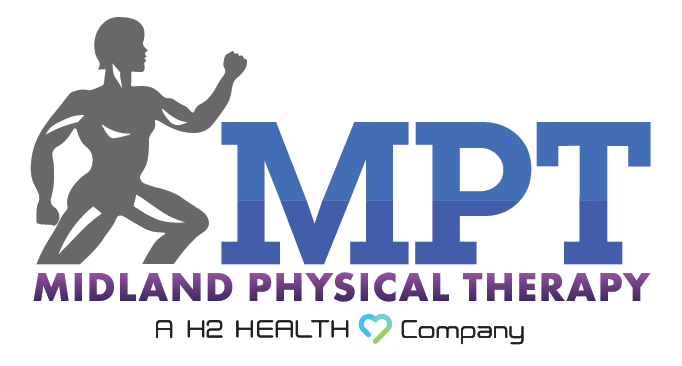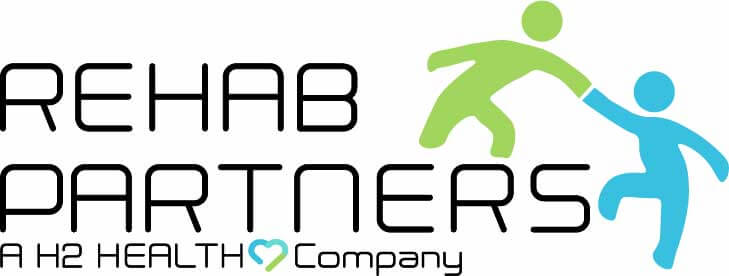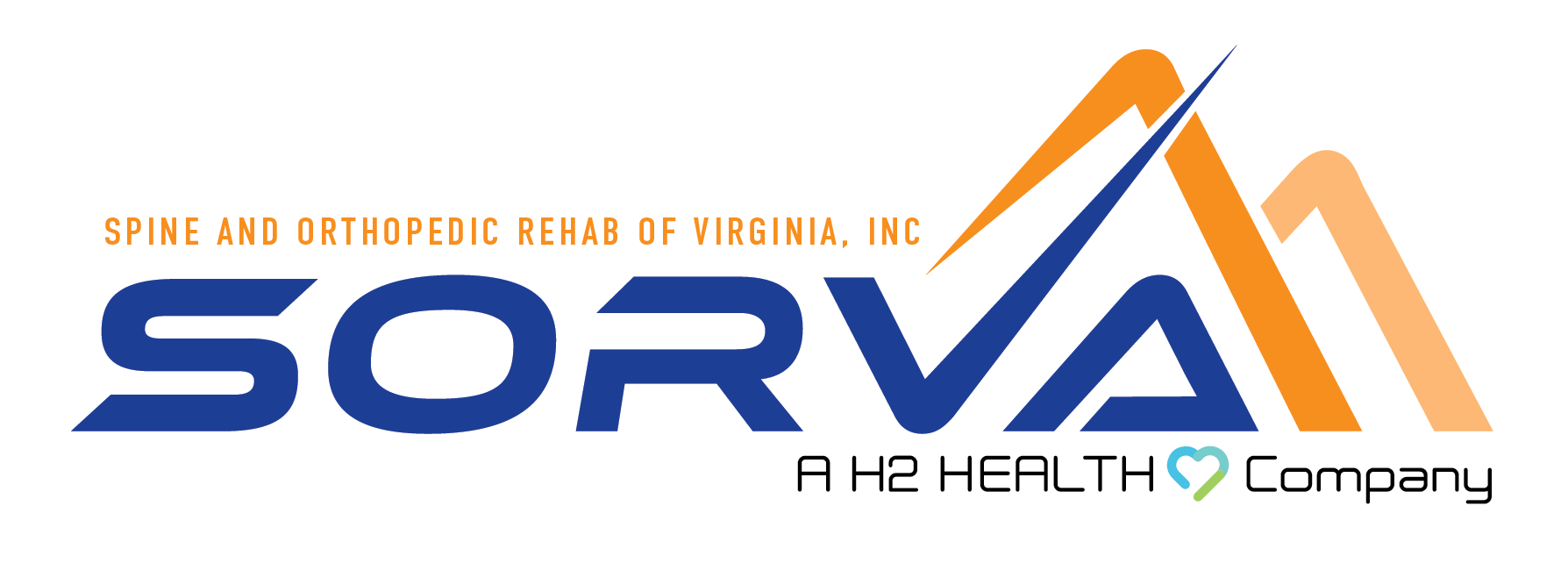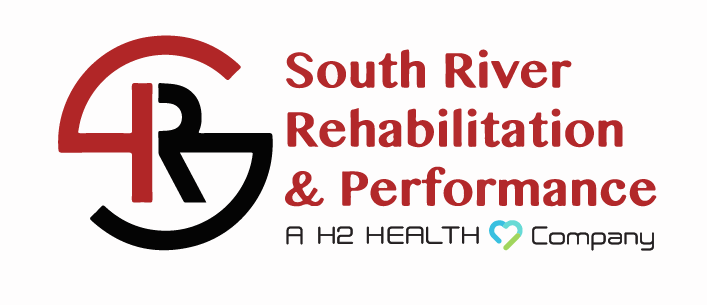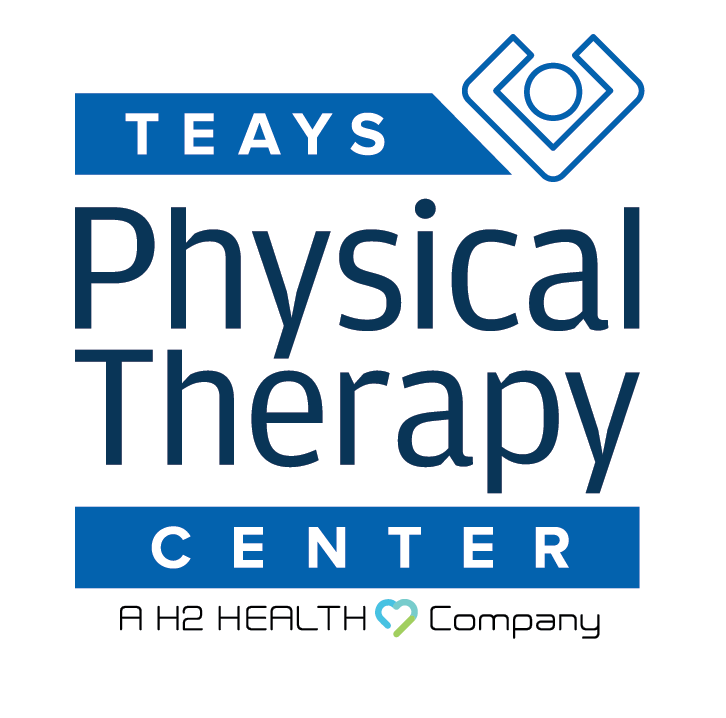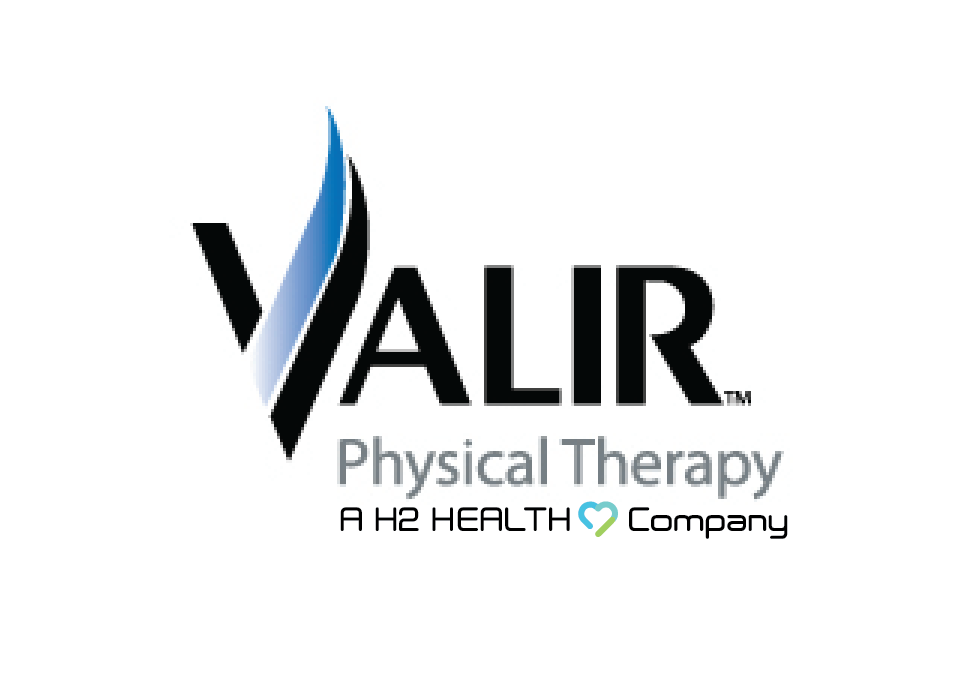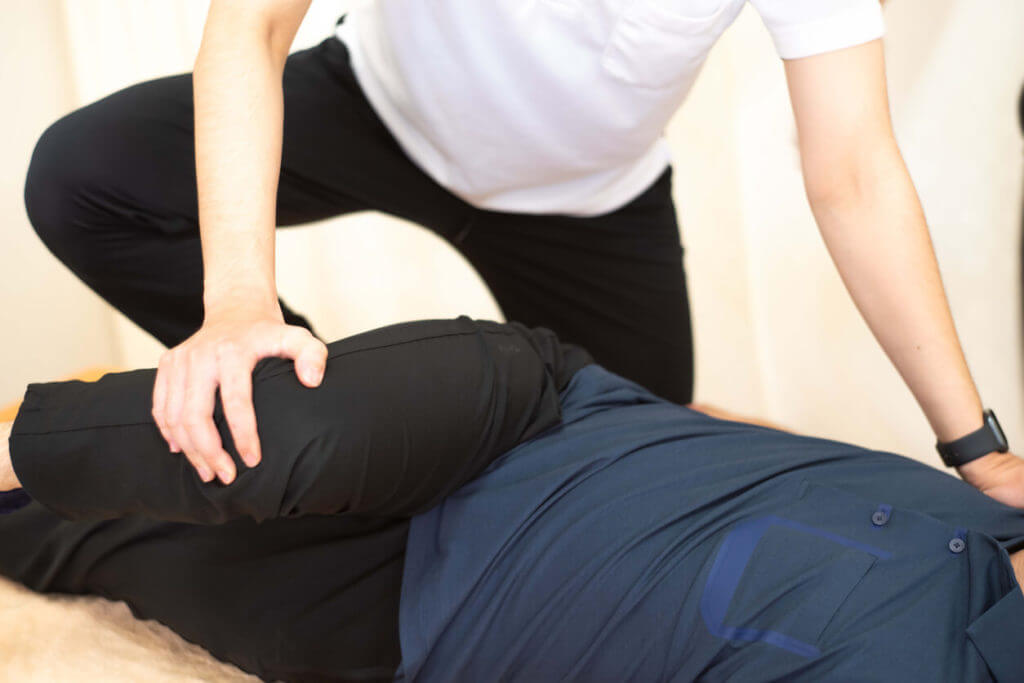
Hip bursitis is a prevalent condition that impacts mobility and quality of life for many people. Understanding what it is, what causes it, and how to treat it, especially through physical therapy, is crucial for effective management and recovery.
In this guide, we will explore hip bursitis in detail and provide you with specific exercises and stretches that can help improve strength and flexibility. Additionally, we will discuss how H2 Health offers personalized physical therapy care for hip bursitis patients.
What is Hip Bursitis?
Hip bursitis is an inflammation of the bursa – a small, fluid-filled sac that acts as a cushion – located around the hip joint. The bursa reduces friction and allows for smooth movement. When the bursa becomes inflamed, it can cause pain and restrict movement.
Causes of Hip Bursitis
Hip bursitis may be caused by factors such as the following:
- Overuse: Repetitive activities such as running, cycling, or stair climbing can irritate the bursa.
- Injury: A direct blow to the hip or a fall can cause bursitis.
- Poor Posture: Incorrect posture while sitting or standing can place undue stress on the hip area.
- Underlying Conditions: Conditions like arthritis, gout, or diabetes can increase the risk of bursitis.
- Tight Muscles or Tendons: Tightness in the muscles or tendons around the hip can lead to bursitis.
Symptoms of Hip Bursitis
Common symptoms of hip bursitis include:
- Pain on the outer part of the hip, especially when lying on the affected side.
- Swelling and warmth around the hip.
- Hip pain that worsens with prolonged activity or inactivity.
- Limited range of motion in the hip area.
Treatment Options for Hip Bursitis
Treatment for hip bursitis typically involves a combination of rest, medication, and physical therapy. In severe cases of hip bursitis, corticosteroid injections or surgery may be necessary. However, physical therapy remains one of the most effective non-invasive treatments for managing and alleviating the symptoms of hip bursitis.
The Role of Physical Therapy in Treating Hip Bursitis
Physical therapy plays a crucial role in managing hip bursitis by focusing on reducing pain, improving mobility, and strengthening the surrounding muscles. Through a tailored exercise and stretching program, physical therapy can help alleviate symptoms and prevent future flare-ups.
The benefits of physical therapy for hip bursitis include:
- Pain Relief: Techniques such as manual therapy, ice/heat application, and ultrasound therapy can help reduce pain and inflammation.
- Improved Mobility: Stretching exercises can increase flexibility and improve the range of motion in the hip joint.
- Strengthening: Strengthening the hip muscles can provide better support and reduce stress on the bursa.
- Education: Physical therapists can provide guidance on proper posture, body mechanics, and activity modification to prevent further irritation.
Exercises and Stretches for Hip Bursitis
Here are some effective exercises and stretches that can help manage hip bursitis and how to do them:
- Hip Bridges
- Lie on your back with your knees bent and feet flat on the floor.
- Engage your core and lift your hips toward the ceiling, forming a straight line from your shoulders to your knees.
- Hold for a few seconds, then slowly lower your hips back to the starting position.
- Repeat 10-15 times.
- Clamshells
- Lie on your side with your legs bent at a 90-degree angle and your feet together.
- Keep your feet touching and lift your top knee as high as you can without moving your pelvis.
- Hold for a few seconds, then lower your knee back to the starting position.
- Repeat 10-15 times on each side.
- Standing Hip Abduction
- Stand with your feet hip-width apart and hold onto a chair or wall for support.
- Lift one leg out to the side, keeping it straight and your toes pointing forward.
- Hold for a few seconds, then lower your leg back to the starting position.
- Repeat 10-15 times on each side.
- Piriformis Stretch
- Sit on the floor with your legs extended in front of you.
- Cross one leg over the other, placing your foot flat on the floor.
- Gently pull your knee towards your opposite shoulder until you feel a stretch in your buttocks.
- Hold for 20-30 seconds, then switch sides and repeat.
- Quadriceps Stretch
- Stand with your feet hip-width apart and hold onto a chair or wall for support.
- Bend one knee and bring your heel towards your buttocks.
- Grab your ankle with your hand and gently pull your heel closer to your buttocks.
- Hold for 20-30 seconds, then switch sides and repeat.
How H2 Health Provides Personalized Physical Therapy Care for Hip Bursitis
At H2 Health, we understand that each patient’s experience with hip bursitis is unique. Our team of skilled physical therapists is dedicated to providing personalized care tailored to your specific needs and goals. Here is how we can help:
- Comprehensive Assessment: We begin with a thorough evaluation of your condition, medical history, and lifestyle to develop a customized treatment plan.
- Individualized Exercise Programs: Our therapists design specific exercise and stretching routines that target your symptoms and improve your strength and flexibility.
- Hands-On Techniques: We use manual therapy techniques to reduce pain and enhance mobility.
- Education and Guidance: Our therapists provide valuable education on proper body mechanics, posture, and activity modification to prevent further irritation.
- Ongoing Support: We offer continuous support and adjustments to your treatment plan as needed to ensure optimal progress.
Hip Bursitis Treatment Near You
Are you ready to take control of your hip bursitis and start your journey toward improved strength and flexibility? Schedule an appointment with one of our experienced physical therapists at H2 Health today. Contact us at (800) 699-9395 or use our Request an Appointment form.
We have locations throughout the nation, including Kenhorst, Pennsylvania, so there is bound to be an H2 Health clinic near you.
Don’t let hip bursitis hold you back. Let H2 Health guide you on the path to recovery and a pain-free life.











